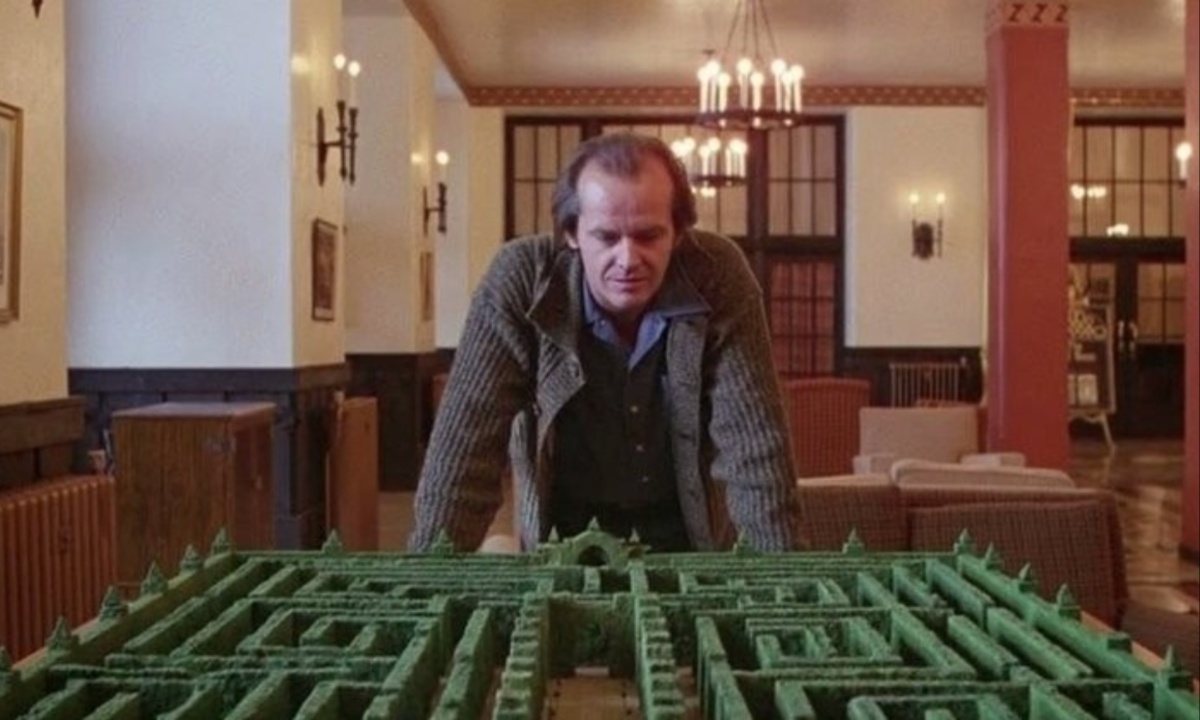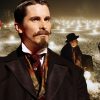Stanley Kubrick’s 1980 film The Shining has become an iconic piece of horror cinema, celebrated for its psychological depth, ambiguity, and lingering sense of dread. Based on Stephen King’s novel, the film deviates significantly from its source material, creating a unique experience for viewers. It follows Jack Torrance (Jack Nicholson), a struggling writer who accepts a job as the winter caretaker at the isolated Overlook Hotel in Colorado.
He brings along his wife, Wendy (Shelley Duvall), and their young son, Danny (Danny Lloyd), who possesses a psychic gift called “the shine.” What begins as a peaceful retreat soon spirals into madness as the hotel’s dark history takes hold of Jack, threatening the lives of his family. The film’s ambiguity, especially its mysterious ending, has led to years of debate and numerous theories, cementing its place as one of the greatest horror films of all time.
Stephen King, the author of the original novel, famously disapproved of Stanley Kubrick’s interpretation of The Shining. While Kubrick’s adaptation has been praised for its cinematic brilliance, King found the changes Kubrick made to his story problematic. Kubrick altered key themes of the novel, changing the motivations of the characters and focusing on a more psychological horror approach rather than the supernatural elements emphasized in the book.
One of the most significant changes is Kubrick’s portrayal of Jack Torrance. In the book, Jack is a tragic character who succumbs to the hotel’s evil influence but ultimately tries to redeem himself. In the film, however, Jack appears far more unhinged from the start, making his descent into madness feel more inevitable. Despite King’s displeasure, Kubrick’s version has become one of the most influential horror films in history, contributing to the film’s mystique and ongoing discussions.
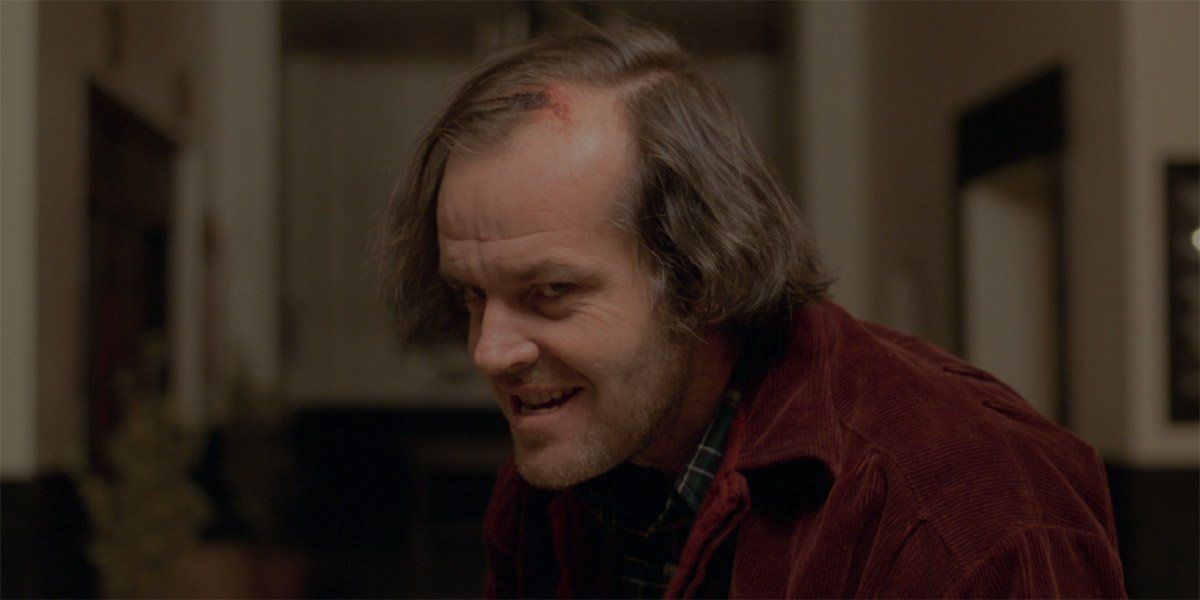
Jack’s Descent into Madness at the Overlook Hotel
Once the Torrance family settles into the Overlook Hotel, the film shifts into a continuous descent into madness. The hotel’s eerie atmosphere and supernatural forces begin to erode Jack’s sanity. One key scene is when Jack enters the hotel’s gold room and meets the bartender Lloyd, who cryptically tells Jack that his money is “no good here.” As Jack drinks, he meets Delbert Grady, the former caretaker of the hotel who murdered his family and then killed himself.
Grady tells Jack that he is “the caretaker” now, hinting at a disturbing fate. Jack’s interactions with Grady and the hotel’s ghostly inhabitants suggest that the Overlook is more than just a haunted building—it is a malevolent entity with the power to manipulate and control the minds of those who enter. Jack’s mental deterioration intensifies as he becomes obsessed with the hotel’s past, culminating in violence toward his family.
A crucial element in both the novel and the film is Danny’s psychic ability, known as the “shine.” Danny can communicate telepathically and perceive events beyond his immediate surroundings, making him especially vulnerable to the Overlook’s evil. His gift allows him to see things others cannot, such as the terrifying visions of the hotel’s violent past. Danny’s psychic connection to the hotel also links him to Dick Hallorann (Scatman Crothers), the Overlook’s chef, who shares the same ability.
Hallorann, sensing Danny’s distress, returns to the hotel to help. However, his attempt to save the Torrances is cut short when Jack murders him. This loss adds to the growing sense of isolation and hopelessness that permeates the film. The psychic aspect of the story is integral to understanding the hotel’s power, as it feeds off the “steam” created by people with the shine, including Danny.
In one of the film’s most chilling moments, Wendy discovers Jack’s manuscript, only to find that it contains nothing but the repeated phrase: “All work and no play makes Jack a dull boy.” This revelation marks a turning point in Wendy’s realization that her husband is no longer the man she once knew. Jack’s obsessive writing is not the only sign of his unraveling. His behavior grows increasingly erratic, culminating in a confrontation between him and Wendy.
In one of the most memorable scenes of the film, Jack threatens Wendy with an ax, declaring that he intends to “bash her fucking brains in.” Wendy, in self-defense, strikes Jack with a bat and locks him in the kitchen pantry. Jack’s violent outbursts, coupled with the hotel’s supernatural influence, signal his full descent into madness, and his eventual transformation into a deadly threat to his family is complete.
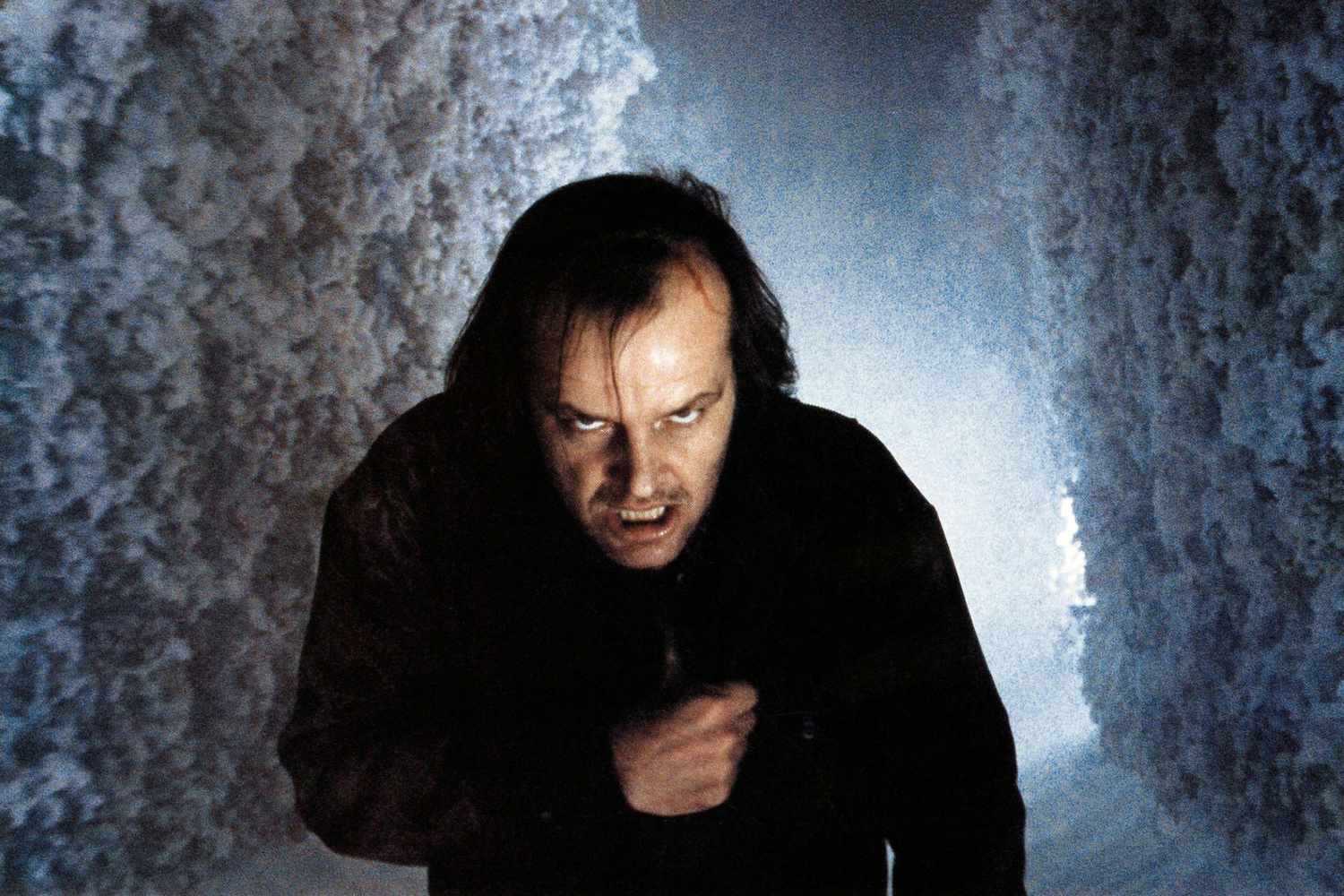
The Unfolding Chaos: Jack Hunts Wendy and Danny
As Jack is locked in the pantry, his mental state continues to deteriorate, aided by the voices he hears, particularly Grady’s. Jack’s insanity is marked by the increasing appearance of the hotel’s ghosts and his obsessive need to “correct” his family, much like the previous caretaker Grady did to his own.
Meanwhile, Danny, under the influence of his psychic abilities, begins to have disturbing visions of the word “REDRUM,” which he writes on a door. When Wendy sees the word in the mirror, she realizes that it spells “MURDER” backward, signaling the impending danger. Jack, now armed with an ax, breaks into the family’s quarters, and the terror escalates as Wendy and Danny try to escape. Jack’s chilling line, “Here’s Johnny!” becomes a symbol of his complete transformation into a murderous force.
Hallorann arrives at the Overlook Hotel in response to Danny’s psychic distress call. However, his arrival is tragically short-lived as Jack ambushes him and kills him with an ax. Wendy, meanwhile, runs through the hotel, encountering increasingly horrifying visions. In one disturbing moment, she sees a man in a bear costume performing sexual acts with a hotel guest, a sequence that adds to the hotel’s grotesque and perverse nature.
Wendy’s search for Danny leads her to the lobby, where she discovers Hallorann’s lifeless body. The scene grows even more surreal as she sees the hotel’s guests as decaying skeletons and is nearly overwhelmed by a flood of blood pouring from the elevator shaft. This sequence highlights the Overlook’s deeply ingrained evil and the growing sense of doom that permeates the film.
Outside the hotel, Danny attempts to flee into the hotel’s snow-covered hedge maze, pursued by his crazed father. Danny cleverly retraces his footsteps in the snow, creating confusion and eventually escaping the maze. Meanwhile, Wendy manages to find Danny and they escape the hotel on a Snowcat, leaving Jack behind.
Jack, however, is lost in the maze, unable to find his way out. He eventually succumbs to the cold, frozen to death in the maze. The film ends with a haunting shot of Jack in a photograph from 1921, standing at the center of the Overlook Hotel’s Fourth of July ball. This photograph’s inclusion raises questions about Jack’s true connection to the hotel and its malevolent forces.
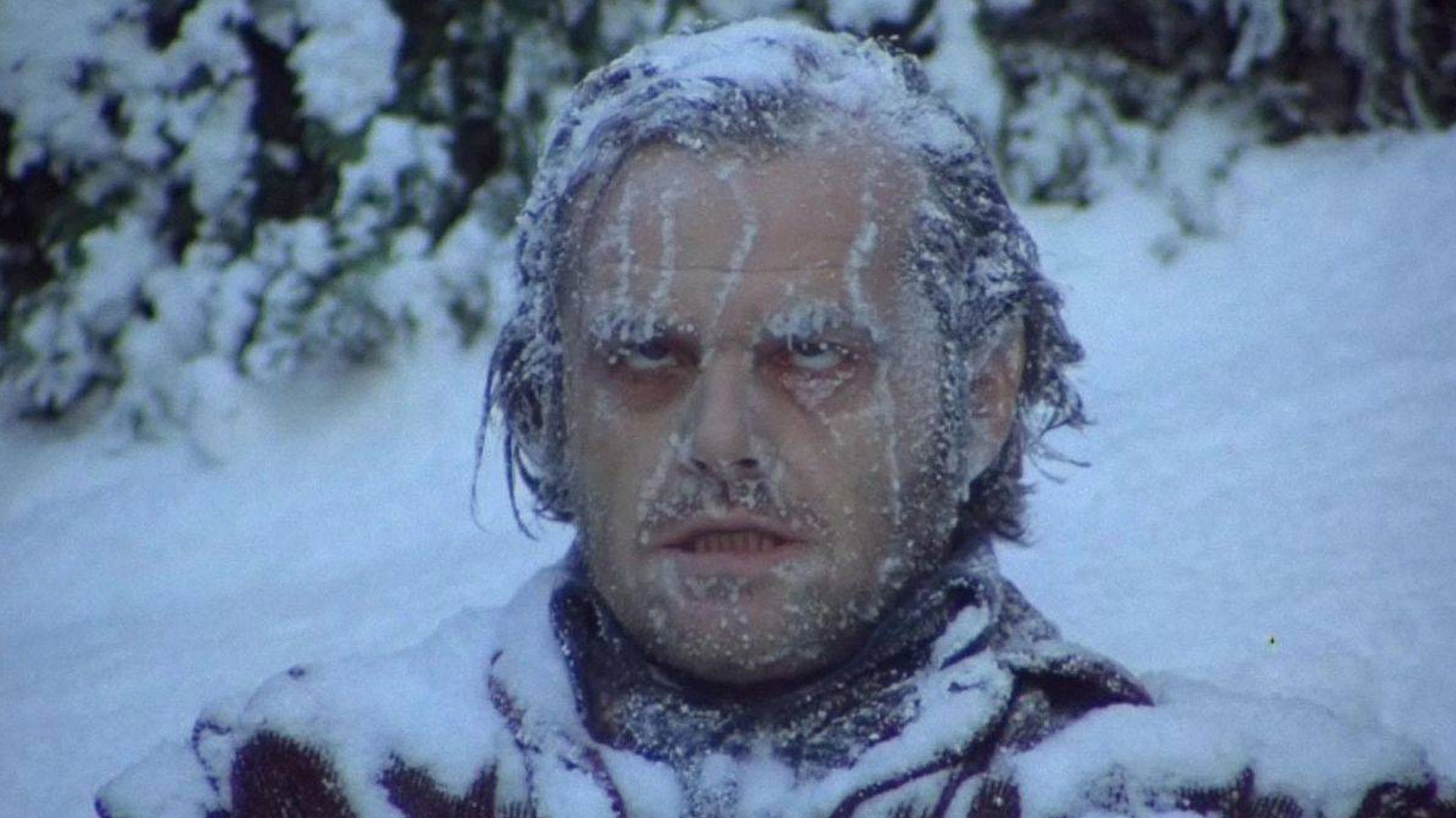
Theories Surrounding Jack’s Presence in the 1921 Photograph
The final shot of The Shining, featuring Jack in a 1921 photograph, has led to numerous theories. One of the most popular explanations is that the hotel absorbs the souls of its inhabitants, and Jack’s presence in the photo suggests that he has been reincarnated. Kubrick, in an interview, explained that this photograph represented the reincarnation of Jack, implying that he had been a guest or staff member at the hotel in a previous life.
This theory aligns with Grady’s statement that Jack has “always been the caretaker,” suggesting that Jack is eternally tied to the Overlook, repeating the cycle of violence and madness. The ambiguity of the film allows for this interpretation, leaving viewers to question whether Jack was truly trapped in the hotel’s supernatural web.
The ending of Kubrick’s The Shining differs significantly from Stephen King’s novel, particularly regarding the fate of Jack Torrance and the Overlook Hotel. In King’s book, Jack has a moment of clarity near the end and attempts to redeem himself by stopping the boiler from exploding.
However, he fails, and the hotel is consumed by flames. Wendy, Danny, and Hallorann survive the destruction of the hotel. In contrast, Kubrick’s film ends with Jack freezing to death in the maze, leaving the hotel intact. This open-ended conclusion hints that the Overlook’s evil continues to exist, perpetuating its cycle of death and violence. The film’s ambiguity creates a sense of unresolved horror, with the hotel’s malevolent influence lingering long after the story’s conclusion.
Doctor Sleep: A Direct Sequel to The Shining
In 2019, Mike Flanagan released Doctor Sleep, an adaptation of Stephen King’s sequel to The Shining. The film picks up Danny Torrance’s story as an adult, still haunted by the ghosts of the Overlook Hotel. Danny now works at a hospice, helping patients embrace death, but his past continues to torment him.
When he encounters Abra Stone, a young girl with the same psychic abilities, he is pulled back into the world of the Overlook Hotel. Abra is targeted by the True Knot, a group that feeds on the psychic energy, or “steam,” of children. Danny, along with Abra, returns to the Overlook to confront its evil and put an end to its reign of terror.
In the climactic scenes of Doctor Sleep, Danny, like his father before him, faces the Overlook’s spirits. In an act of sacrifice, Danny helps Abra escape the hotel before returning to the boiler room, knowing that the only way to truly destroy the Overlook is by triggering its explosion.
This act parallels Jack’s own death in the book’s ending, but with Danny taking control of his fate. The hotel is finally destroyed, and Danny finds peace. Doctor Sleep provides a fitting conclusion to the story that began with The Shining, blending King’s original ending with Kubrick’s cinematic legacy.

